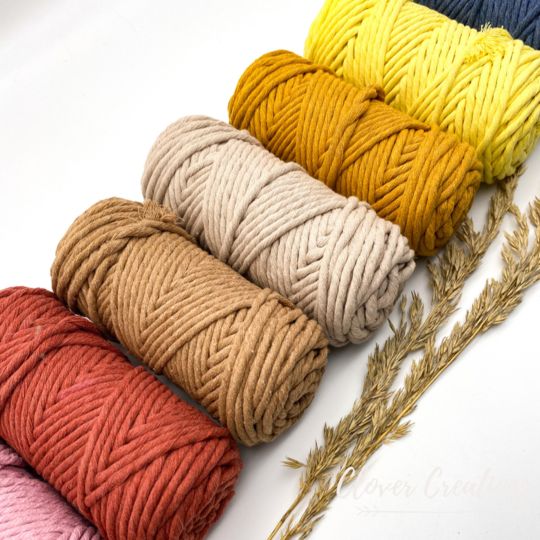Your cart is currently empty!
Macrame Around the World & It’s Unique Cultural Variations
Macrame, the art of knotting cords into beautiful patterns, is a craft loved and practiced worldwide. While most people think of macrame as the classic Bohemian wall hangings or plant hangers, this technique has roots in many different cultures, each adding unique twists and variations. Let’s dive into the journey of macrame through various global interpretations, uncovering cultural distinctions which can inspire you to try new techniques and designs with deeper meanings!
In India, macrame is seen in traditional crafts such as wall hangings and jewelry, with artisans using natural fibers like jute and cotton to create intricate designs inspired by the country’s vast cultural motifs. Particularly in regions known for artisanal weaving, macrame is blended with local embroidery and beadwork, giving it a distinctively Indian flavor. Though it’s widely believed that macrame originated in the Middle East, Where the Arabic term “migramah” described decorative fringes on textiles, later spreading across Europe through Moorish influence, macramists suggest that similar knotting techniques were also popular in other regions around the same time like South American macrame, particularly in Andean regions, uses vibrant alpaca fibers in designs that celebrate nature, while Japan’s “Kumihimo”, originally a Samurai tradition, focuses on precise, braided cords for jewelry symbolizing strength, not to forget Celtic macrame which features continuous loops, such as the Trinity knot, symbolizing eternity and unity, while Chinese knotting “Zhōngguó Jié” uses symmetrical patterns in red for good luck and prosperity, often given as charms.
Macrame is more than just a craft, it’s a global tapestry of history, tradition, and creativity. Exploring the origins and cultural variations of macrame can inspire us to try new techniques and designs while connecting us to a broader artistic community. Whether a beginner or a seasoned macrame artist, let these cultural influences bring fresh inspiration and meaning into our work. Happy knotting!
Recent Posts
- Modern Elegance Meets Gujarati Heritage: Macrame for New Year Decor
- History of Macrame Across Cultures: From Ancient Techniques to Modern Revival
- Threads of Tradition: Gujarat Macrame Ideas to Welcome the New Year
- Weaving New Beginnings: Gujarat Macrame Decor for a Stylish New Year
- Winter Wonderland: Using Macrame to Create a Cozy Christmas Vibe
Archive
Tags
.macrame art Artisan journey Beginners guide Bohemian home decor Community empowerment Custom macrame DIY macrame decor easy macrame projects Festive decoration Garba accessories Gujarat artisans Gujarat craft Gujarat handmade Gujarat India Gujarat macrame artisans Handicrafts handmade Handmade curtains Handmade decorations Handmade Gujarat Handmade products High-quality macrame Home decor home décor trends Innovative macrame Karva chauth home decor Local artisans Local craft Local products macrame art for beginners Macrame curtains Macrame Knots Macrame potli Macrame process Macrame products Macrame tools Macrame torans macrame Wall décor macrame wall hangings Materials for beginners Modern home decor Navratri fashion Personalized macrame Personalized products Sustainable Navratri decor

